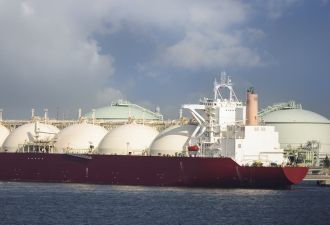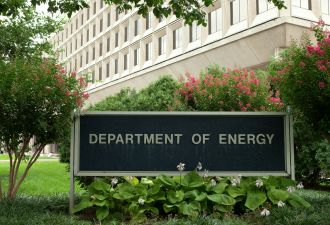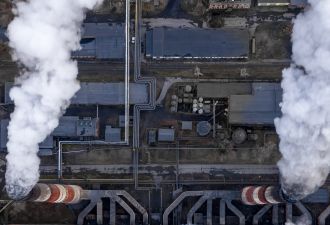Station A, a spinout of NRG Energy, has built a business collecting massive amounts of data on about 10 million commercial and industrial buildings across the U.S., using it to assess their viability for solar PV, batteries and other distributed energy investments.
On Wednesday, Station A announced it has raised $3 million in venture capital to expand its platform for connecting building owners with clean-energy developers. The goal, CEO Kevin Berkemeyer says, is to become “the world’s first AI-powered clean energy marketplace.”
Wednesday’s round was led by Renewal Funds and joined by Powerhouse Ventures; utility group Southern Company; and SE Ventures, the venture arm of Schneider Electric. The new funding will be used to triple the size of Station A’s team from its current five employees to 15.
Station A’s software, initially built to inform NRG’s distributed energy work for Southern California Edison, has expanded to include modeling and simulating the opportunities for “solar, storage, solar-plus-storage and other distributed energy resources, in [almost all] of the buildings over 10,000 square feet in the United States” and Ontario, Berkemeyer said.
Since its 2018 spinout from NRG, the San Francisco-based company has made its platform available to about 1,300 users. Those include project developers, utilities, capital providers, energy services companies and hardware manufacturers — as well as investors Schneider Electric and Southern Company, which both have wide-ranging distributed energy businesses.
“This is clearly aligned with what Schneider is trying to build” through its microgrid and energy services businesses, Grant Allen, general partner at SE Ventures, said. “We have two different groups within Schneider already using it and paying for it.”
Station A’s offering represents a first-of-its-kind tool for the notoriously complicated and time-consuming C&I solar development process, said Michelle Davis, senior solar analyst for Wood Mackenzie. “The segment is inherently diverse and nonstandardized,” Davis said.
While some publicly available data sets do exist, and tools like the National Renewable Energy Laboratory’s PVWatts Calculator are freely available, they “only begin to scratch the surface of what Station A can provide.”
Other companies such as LevelTen Energy are working on connecting corporate buyers with opportunities to invest in clean energy through renewable energy credits or virtual power-purchase agreements. But that’s different from the building-by-building project development specifics that Station A offers, Davis said.
From in-house developer tools to distributed energy marketplace
In that light, Station A’s main competition is large-scale developers’ in-house platforms for identifying and analyzing opportunities across the country, said Emily Kirsch, founder and CEO of Powerhouse and a Station A board member.
Most large-scale developers use “about 10 different software tools to complete a project,” with fragmented data sets for such key factors as building energy characteristics, utility rates and incentives, and financing structures, Kirsch said.
What’s more, “nearly every project is planned and transacted individually. That means there’s all this inhibited activity — there’s no transparency,” Kirsch said. Station A, by contrast, opens up this data to multiple parties willing to pay a monthly or annual subscription fee for access, or to pay a percentage of every transaction enacted on the platform.
Opening the vast, largely untapped C&I solar market
There’s a potentially massive market out there: Station A’s platform has identified about 176 gigawatts of economically viable C&I solar projects in the country, Berkemeyer said.
In the second quarter of 2020, Station A processed quotes for about 89 megawatts of solar, 12 megawatts of solar and batteries, and about 5 megawatts of standalone battery projects across 111 project locations, representing about $140 million of capital investment, Berkemeyer said.
At the same time, “we maintain this focus of being tech-agnostic — which clean-energy solution is best for my building, rather than how much solar I should buy,” he said. That approach has helped draw customers representing property owners or managers seeking out cost-effective clean-energy investment options, as well as developers looking for them.
“We’ve seen this opportunity to connect the dots between these projects we’ve identified, the buyers on our platform and the providers that can give then the best solution to solve their unique problems,” Berkemeyer said.
By way of example, of the roughly 3.6 gigawatts of potential projects that Station A users have explored on its platform, about 400 megawatts have been examined by both property owners and developers, with about 10 megawatts rising to the level of “high-interest locations with an engaged buyer.”
That’s the dynamic behind Station A’s ambitions to become a clean energy marketplace. “We see it as a natural evolution of what we’re already doing,” Berkemeyer said.
“Everyone wants projects. We can help providers find better projects and help the buyers more efficiently and transparently understand their options.”




